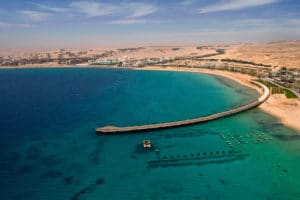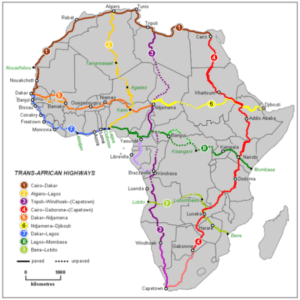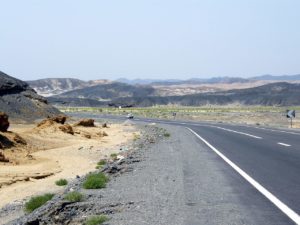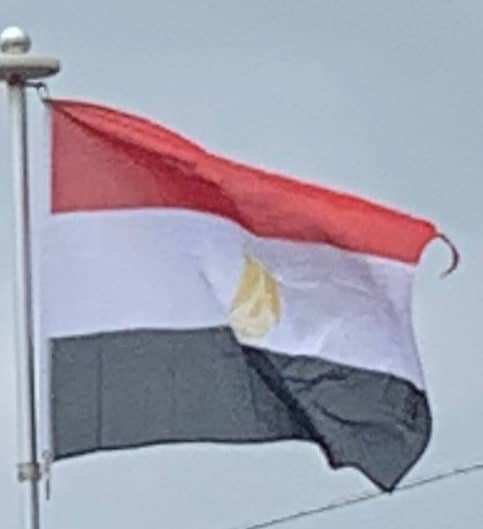An estimated 2.7 million Egyptians abroad contribute actively to the development of their country through remittances (US$7.8 billion in 2009), as well as circulation of human and social capital and investment. Remittances, money earned by Egyptians living abroad and sent home, reached a record US$21 billion in 2012, according to the World Bank.
Egyptian society is moderately unequal in terms of income distribution, with an estimated 35–40% of Egypt’s population earning less than the equivalent of $2 a day, while only around 2–3% may be considered wealthy.
Tourism:
Tourism is one of the most important sectors in Egypt’s economy. More than 12.8 million tourists visited Egypt in 2008, providing revenues of nearly $11 billion. The tourism sector employs about 12% of Egypt’s workforce. Tourism Minister Hisham Zaazou told industry professionals and reporters that tourism generated some $9.4 billion in 2012, a slight increase over the $9 billion seen in 2011.

The Giza Necropolis is one of Egypt’s best-known tourist attractions; it is the only one of the Seven Wonders of the Ancient World still in existence.
Egypt’s beaches on the Mediterranean and the Red Sea, which extend to over 3,000 kilometers (1,900 miles), are also popular tourist destinations; the Gulf of Aqaba beaches, Safaga, Sharm el-Sheikh, Hurghada, Luxor, Dahab, Ras Sidr and Marsa Alam are popular sites.
Transportation:
Roads:
Two routes in the Trans-African Highway network originate in Cairo.

Egypt also has multiple highway links with Asia through the Arab Mashreq International Road Network. Egypt has a developing motorway network, connecting Cairo with Alexandria and other cities. Though most of the transport in the country is still done on the national highways, motorways are becoming increasingly an option in road transport within the country.

The existing motorways in the country are:
- Cairo – Alexandria Desert Road: It runs between Cairo and Alexandria, with an extension of 215 km, it is the main motorway in Egypt.
- International Coastal Road: It runs from Alexandria to Port Said, along the Northern Nile Delta. It has a length of 280 km. Also, amongst other cities, it connects Damietta and Baltim.
- Geish Road: It runs between Helwan and Asyut, along the Nile River, also connecting Beni Suef and Minya. Its length is 306 km.
- Ring Road: It serves as an inner ring-road for Cairo. It has a length of 103 km.
- Regional Ring Road: It serves as an outer ring road for Cairo, also connecting its suburbs like Helwan and 10th of Ramadan City. Its length is 130 km.
Plus, Egypt has developed an extensive system of 4-lane highways that can be classified as freeways, because they serve as normal roads and do not discriminate the traffic on it, thus rendering them slower than motorways.
Railways:
The Egyptian railway system is the oldest railway network in Africa and the Middle East. The first line between Alexandria and Kafer Eassa was opened in 1854. In 2018, the system is about 5,085 km long and is operated by the Egyptian National Railways. ENR carries about 800 million passengers and 12 million tonnes of freight annually.
